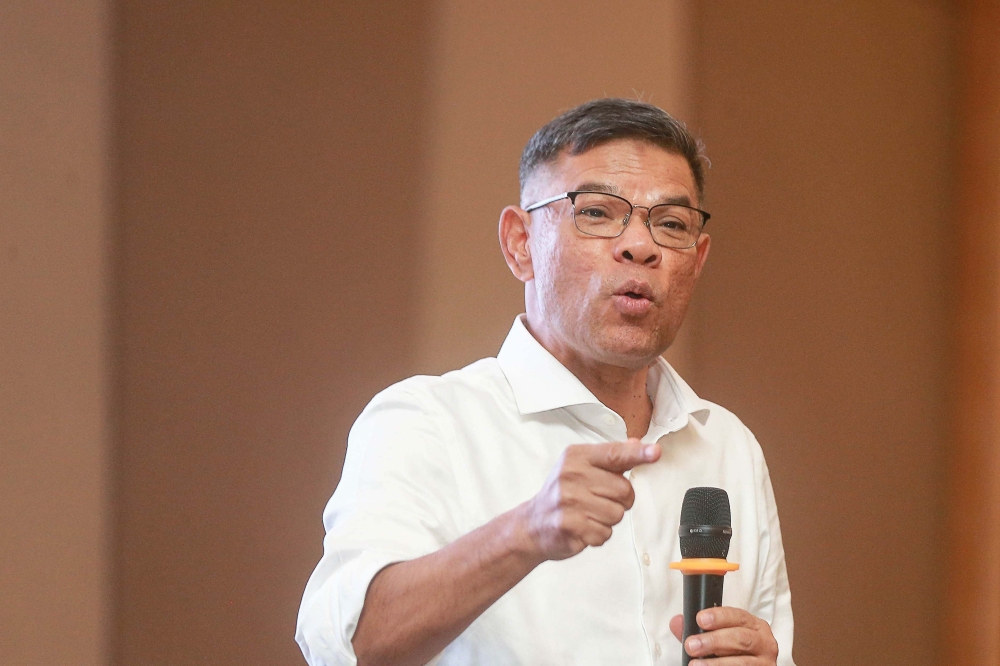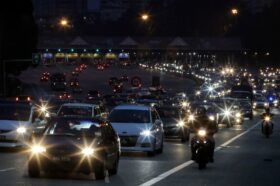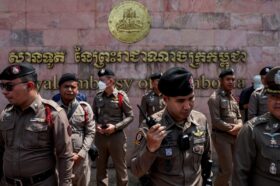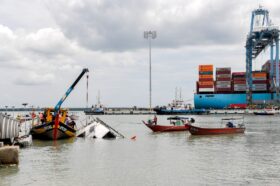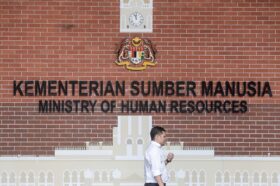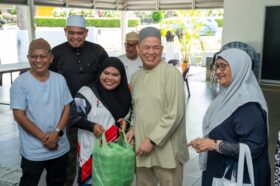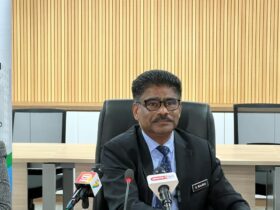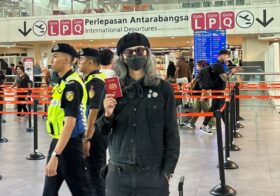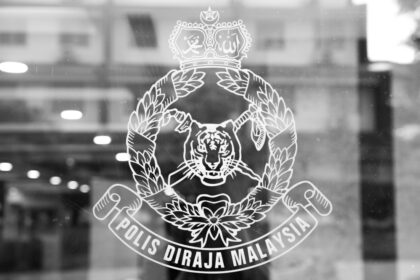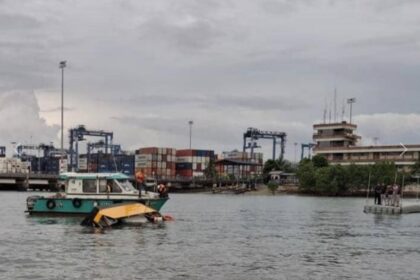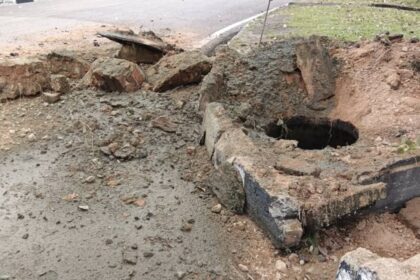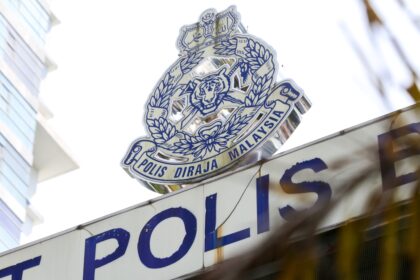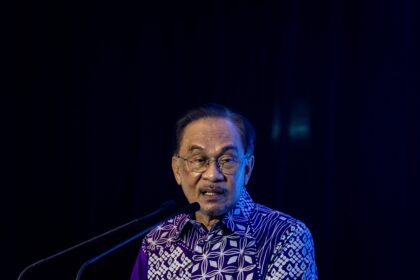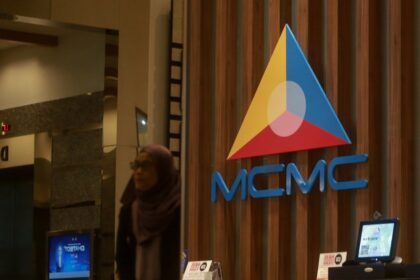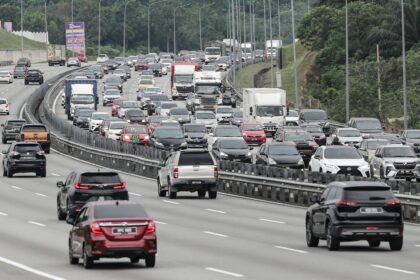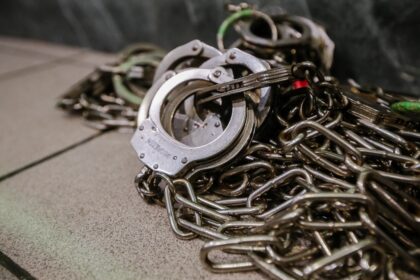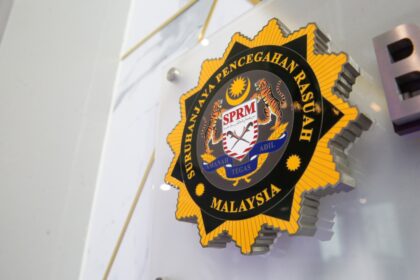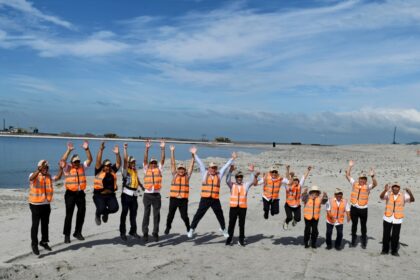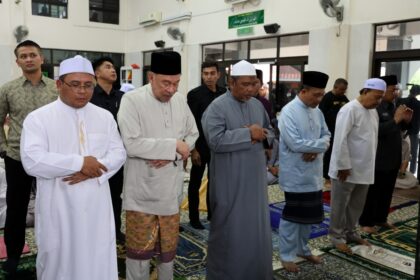PUTRAJAYA, May 16 — Home Minister Datuk Seri Saifuddin Nasution Ismail revealed that drug-related crimes are among the main contributors to other crimes, calling it a gateway to more severe criminal activities.
He said that, based on the latest data collected by the ministry’s data science team, more than 28 other types of crimes in the country stem from individuals who abuse drugs.
Saifuddin added that an analysis of more than 400,000 data entries showed that individuals charged under Section 15(1) of the Dangerous Drugs Act tend to engage in various other offences such as extortion and corruption, making drugs a ‘highway’ to other crimes.
“If we consider crime in Malaysia as a network of highways, the Dangerous Drugs Act is the main junction. Section 15(1) alone can lead to 28 other types of crimes, while Section 12(2) leads to 11 types,” he said during at a hi- tea reception in conjunction with the 2025 Anti-Drugs Day Commemoration at Putrajaya.
He said that, moving forward, the fight against drug abuse must be viewed as a mass movement involving all parties in order to eradicate it from the country.
According to Saifuddin, the only time a significant drop in drug cases was recorded was during the Movement Control Order (MCO), indicating that restricted movement contributed to a decline in drug activity.
However, statistics from the first quarter of 2025 still show worrying figures with 108,000 drug user cases recorded, 60 per cent of whom are new users.
He also reported a 34.4 per cent increase in synthetic drugs of the ATS type (ATS is for amphetamines and methamphetamines), and a 60 per cent increase in cannabis last year, posing significant challenges for enforcement and prevention.
Saifuddin also stated that 51,000 individuals are currently in community rehabilitation under the National Anti-Drugs Agency (AADK), while another 5,443 are in government and privately run rehabilitation centres.
“The recovery rate has reached 80 per cent within two years, which is an encouraging figure,” he said.
In addition, the minister added that there’s a need to amend the Drug Dependants (Treatment and Rehabilitation) Act 1983 to give rehabilitation officers clearer authority to assess and place clients without having to wait for medical reports, which can take time.
“In fact, major prisons are now operating over capacity for example, Machang Prison houses 3,184 inmates, 85 per cent of whom are there for drug offence while Pengkalan Chepa Prison has more than 60 per cent of its current population convicted for drug-related offences,” he said.
Saifuddin said that the fight against drugs is not solely the responsibility of the Home Ministry or AADK, but must be carried by everyone including government agencies, the private sector, communities, and external experts.
“The era of the government knowing everything is over. We must embrace external expertise. This engagement is a good first step but more follow-up and collaboration are needed,” he added.
Three days ago, Saifuddin said drug abuse had reduced by 10.5 per cent in the East Coast states following intervention efforts.
On Malaysia’s border safety, Saifuddin said 212 illegal bases were identified along the Kelantan border from Rantau Panjang to Jeli, and that access cuts and tighter control measures have been in place since last December.
“These actions have contributed to a drastic drop of up to 85 per cent in illegal entertainment activities across the border,” Saifuddin said.
Source:  Drugs the gateway to crime: Saifuddin says substance abuse driving extortion, corruption and overwhelming prisons
Drugs the gateway to crime: Saifuddin says substance abuse driving extortion, corruption and overwhelming prisons
